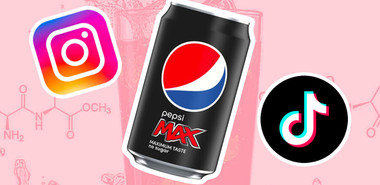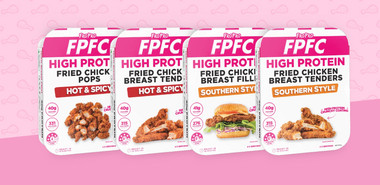![Diet Hacks: Build a Delicious, Healthy Meal Faster [Nutritionist Approved]](https://media.mealprep.com.au/wp-content/uploads/2020/09/tr:n-b_featured_new_1x/valentinas-healthy-snacks.jpg)
There is no shame in shortcuts.
Healthy eating looks different for all of us, and changes in different stages of our lives. Most of us have adjusted to a new definition of healthy in this pandemic; one that might involve more home-cooked meals along with more screen time during mealtimes as we find new ways to stay connected.
Everyone has a sweet spot on how much time they want to spend cooking. On average, Australians spend 50 minutes per day cooking.[1] On weekdays, my sweet spot is about 20 minutes for dinner but my patience is halved if I’ve been stuck in traffic for the last hour. Some days, I’ll glance at my fridge before heading straight for the snacks in the pantry.
It’s okay if your healthy doesn’t look like a perfectly planned week of meals in matching Tupperware containers. (If it does, then well done on finding a way of cooking and eating that works for you). Perhaps, your healthy involves writing a quick grocery list so you can be in and out of the shops as fast as possible, or choosing more nutritious snacks and remembering to mute your zoom calls when you munch on them.
We know taking time to care for our bodies and nourish it with healthy food is important, but finding the time can feel impossible. As a nutritionist, I’d rather you take some short-cuts to preparing and cooking your food so that you can spend more time enjoying it.
Hacks that I use on a weekly basis to eat healthy and save time:
1. Pre-made sauces, condiments and dips
They are delicious ways to make your meals tastier and add in some heart-healthy fats: hummus, guacamole, cottage cheese, tomato-based pasta sauces, balsamic dressing.
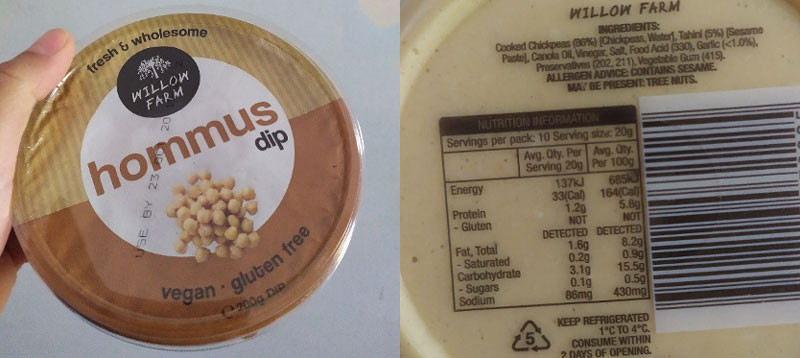

2. Frozen and Pre-prepared Veggies
Designed to make eating vegetables easier! If buying sliced mushrooms means there’s less friction between you adding them to your eggs in the morning, then I’m all for it! I make fried rice with frozen mixed corn, peas and carrots the majority of the time and it tastes just as delicious as the fresh versions. If you’re worried about nutrient content, frozen veggies pack just as many nutrients as their fresh counterparts!
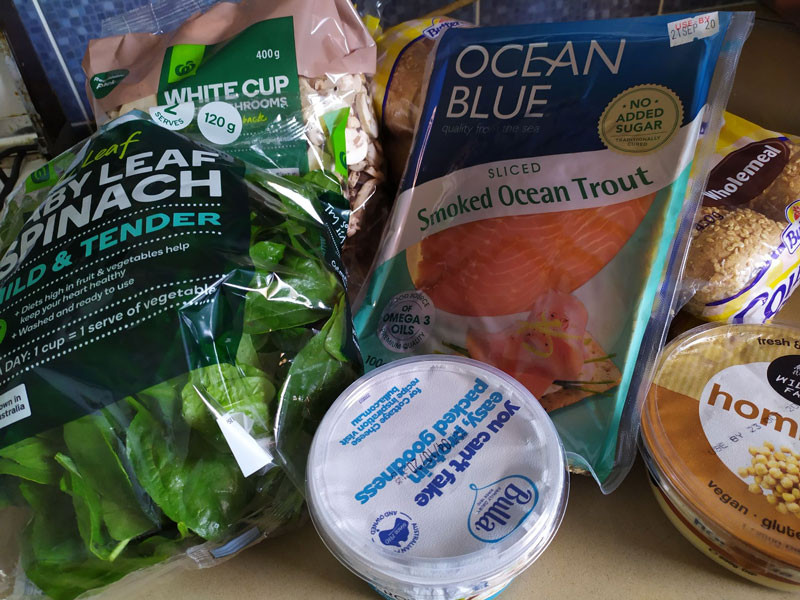
3. Store-bought vegetable stock or bone broth
I know, ludicrous but hear me out! I wholeheartedly agree that homemade stock is comforting, delicious and nourishing but I don’t have the time or stomach to buy, simmer and store store-bought bones or a whole chicken. Ditto for roasting an entire chicken or turkey.
4. Lunch-on-the go
Sandwiches and wraps can be healthy lunch options! Somewhere along the way, the humble sandwich was vilified and people tried to convince us that carbohydrates are bad for us. They lied but they were wrong. A hearty wholegrain sandwich with some lean protein, greens and healthy fats is a balanced meal. My favourite would be smoked salmon, alfalfa sprouts and cottage cheese. Delicious as a packed lunch and drool-worthy if heated up on a sandwich press.
5. One pan dinners
Roast two trays worth of vegetables (carrots, onions, potatoes, broccolini turnips, eggplants, pumpkins, carrots) with a protein of choice (soy-glazed salmon, satay tofu, chickpeas, lamb). A big batch works well in a conventional oven but an air fryer is perfect for a quick meal.
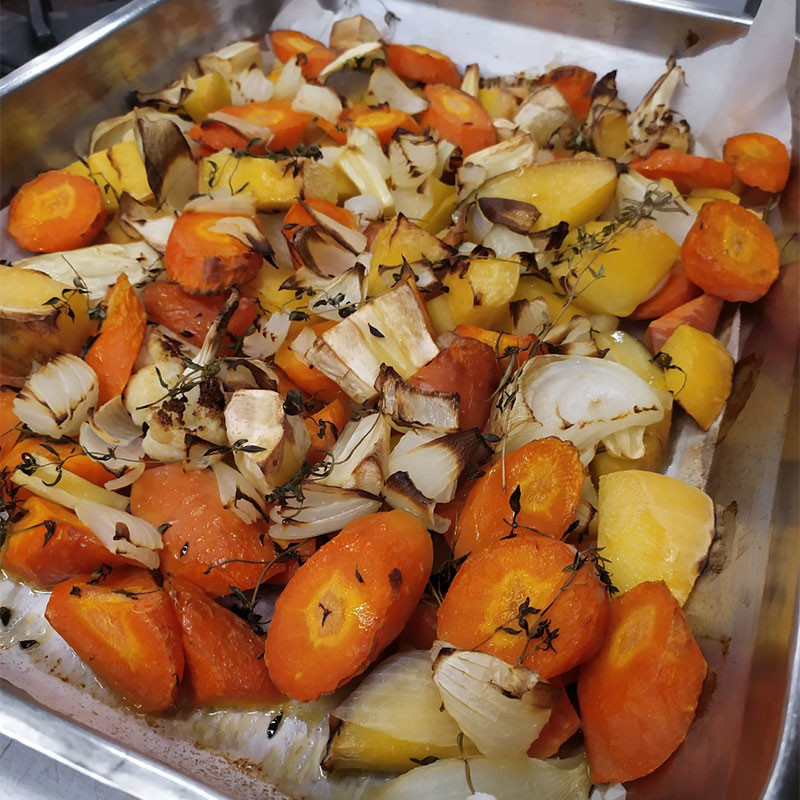
6. Delivered ready-made meals
There’s a price tag for convenience but less stress & less mess doesn’t have to mean less nutritious. My favourite meal prep company is Bondi Meal Prep because they use fresh, locally produced ingredients and sustainable seafood.
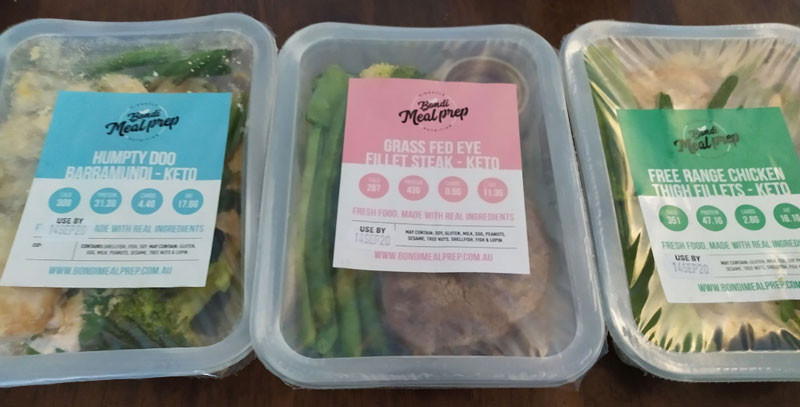
7. Set & forget with a slow cooker
The recipe list is endless; soups, paella, pulled pork beef ragu, curries, casseroles, meatballs. Minimal culinary skills and effort required. It’s also more energy efficient than using an oven!
8. Eat the skin on as many fruits and vegetables as possible
It’s a lazy way to get more fibre to keep you feeling fuller for longer and improve your gut health. It also reduces your food waste! Just remember to wash thoroughly. Think kiwis, eggplants, zucchini and potatoes. Pumpkin and squash skins are also safe to eat when cooked, so save yourself the trouble of peeling them.

I hope this acts as a reminder that healthy eating doesn’t have to be hard. The most important factor when it comes to healthy eating is finding foods, cooking and preparation styles that work for you. We often overcomplicate the process and forget that there are easier ways to prepare a meal, get in more fruit and vegetables and add flavour while still making sure it’s healthy.
Food doesn’t need complicated ingredients and copious amounts of prep time to be healthy. There are some days where cooking is an act of self-love and experimenting in the kitchen is enjoyable, but there will also be days where nothing goes to plan and you just need a quick meal. Save these time-saving hacks for those tough days and be proud that you took some time today to make your life a little easier and healthier.


